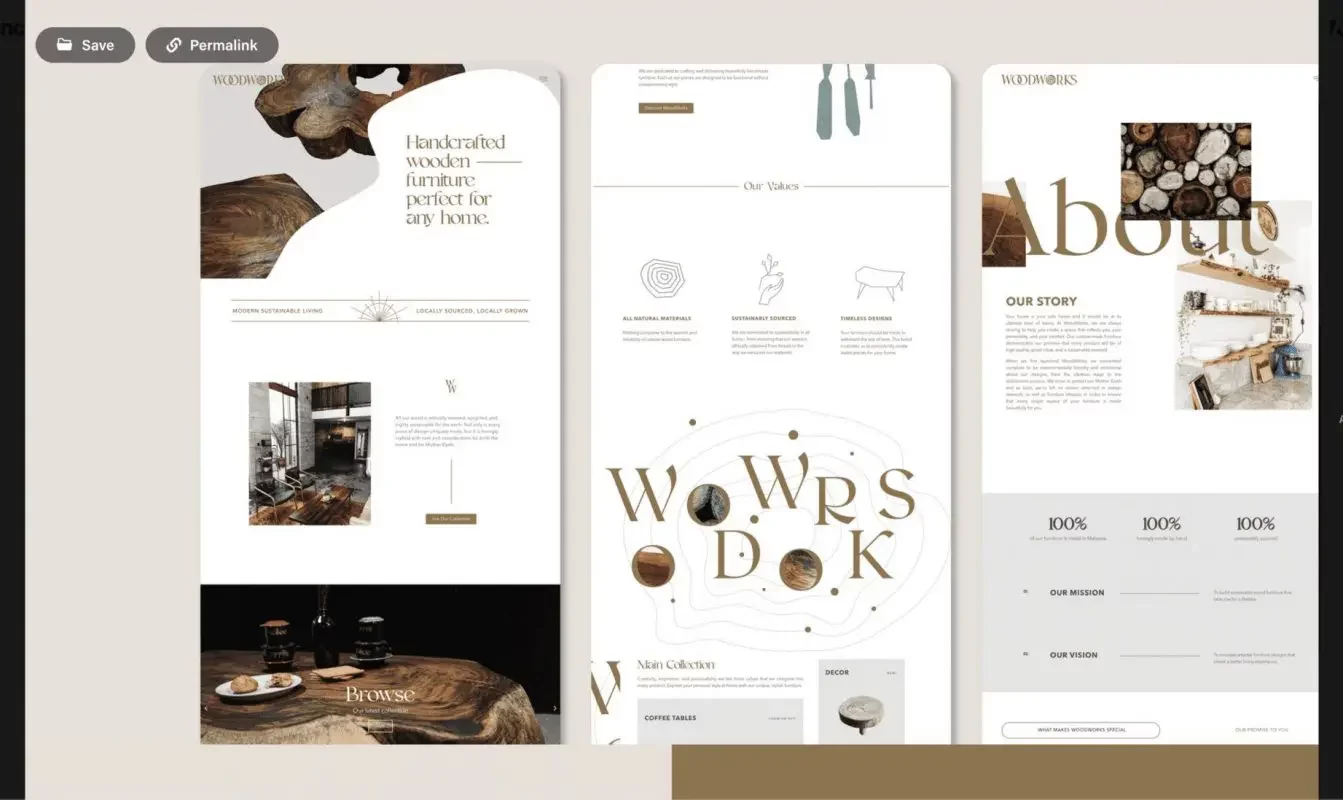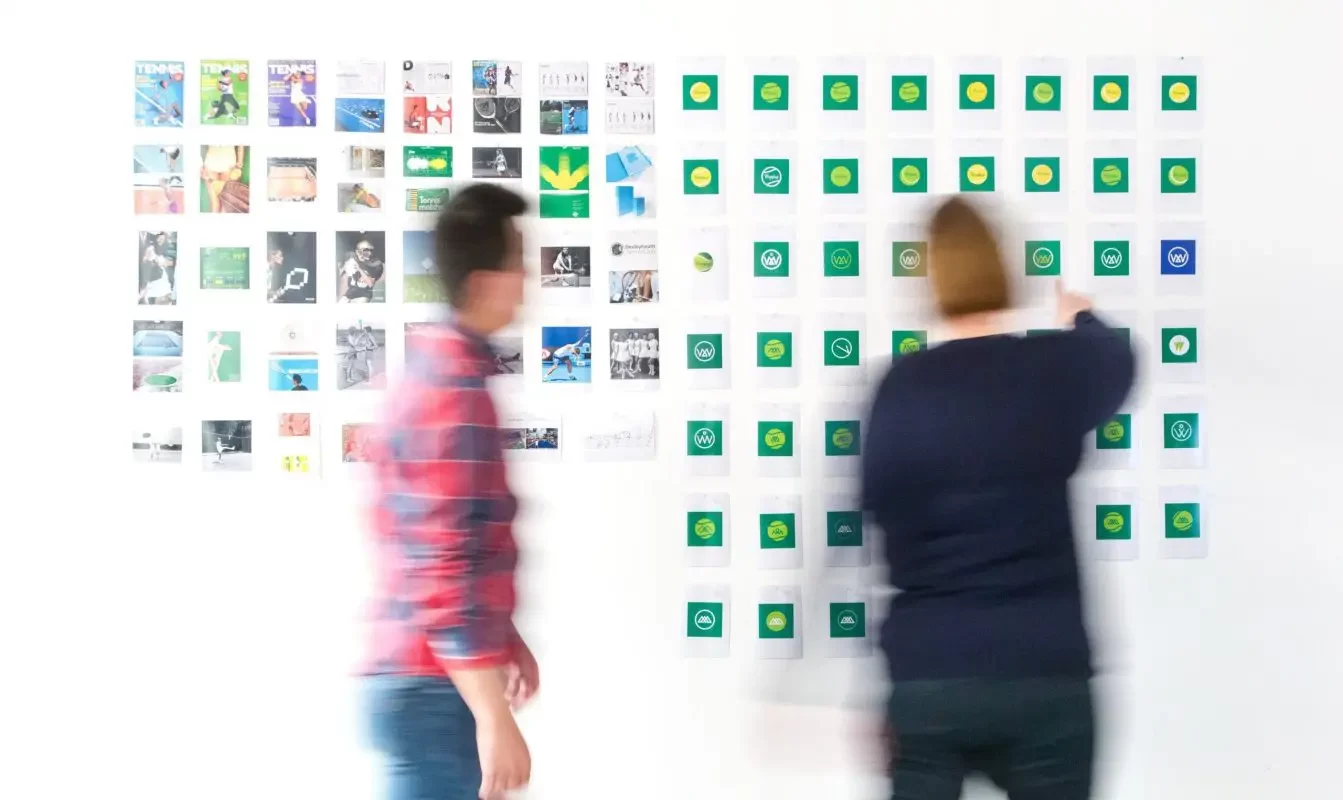
If you work in creative design, it’s important to share what you’ve achieved. Think of your portfolio as someone’s preview of your expertise and experience. It’s essential in helping you put your best foot forward and establishing your credibility.
It doesn’t matter what kind of creative you do–writers, photographers and designers all use portfolios to showcase their skills, expertise, and talent. It’s great to have because it connects you with potential clients, and grows your network. And mind you, every successful creative has benefited from strong connections from large networks.
Now, if you haven’t created a portfolio yet, Behance is one of the most preferred online platforms in the world of creative design. It makes perfect sense since it already has a built-in audience and it’s free too! Behance is part of Adobe, and it’s the leading online platform to showcase and discover creative work.
To be honest, we prefer to use Behance to help showcase our portfolio. As current Behance users, we’re excited to share some of our tried-and-true tips on creating a killer Behance portfolio. Let’s get started!
Try to consider this, a user will likely only view one of two projects. So lead with your best work–not all your work! Be discerning when you’re putting your creative portfolio together. What would make your portfolio shine? What kind of work do you plan to attract?
It’s best to also bear in mind that digital work has a shelf life. So try to include updated work from recent years unless it’s a high profile job worth highlighting. Sharing many average projects wouldn’t be as attractive. When you think about how your credibility and reputation is on the line, you’d think twice about that. My advice is to value quality, not quantity. And highlight work that’s relevant to the job you want to land.
No matter what type of work you do, you can certainly let your work speak for itself! Make use of the medium your work is on. For example, if your work focuses on web design, then share what it looks like across devices–desktop, tablet, and mobile. If pamphlets and magazines are more your mode of operation, then go ahead and show pictures of users interacting with them. People, including potential buyers or clients, love to know how you execute your designs in real business context.

There’s this principle–”Keep it simple, stupid”. Sometimes people fail to make their portfolio shine because they try to include way too many components and styles. Keep this in mind and keep your portfolio simple. After all, simplicity accentuates your best work! It’s critical to keep your style consistent and somewhat standardised for the sake of both you and your users.

Growing up, I watched this series of ‘How Things Are Made’. I loved watching every aspect of how different things were made. They included the process from start to finish and kept me hooked. Similarly, when it comes to building a great portfolio, it’s great if you share your approach with your viewers. Here are a few reasons why sharing your process is so important and beneficial:
There are multiple ways in how you can show your process in your portfolio. Here are some suggestions that you could include:
I’m sure that we’ve all made some typos in our lifetime. And sometimes we feel embarrassed that we noticed them too late, even more so when it comes to professional work. Proofreading and checking quality assurance is so important when you’re building your portfolio too. It’s completely normal to make mistakes, considering you’ve been staring at that piece of work for weeks. Instead, try to get a second opinion and a fresh set of eyes to proofread your work! They can help in many ways to ensure your portfolio displays your work well and does the job of conveying your vision to your users.
Although you might think this is an obvious one, you’d be surprised how we tend to overlook these little details when you’re rushing through other tasks. Having your contact information is a given! I mean, your portfolio IS a representation of you and your work. When people love your work, they might choose to engage you in upcoming projects and partnerships. So, it’s essential to clearly display your contact information, making it easy for others to connect with you!
Plus, if you’ve got a social media account worth following, make that known and visible too.

Ultimately, creativity is all about originality, so don’t be afraid to be you! Whilst it can be helpful to turn to others for inspiration, remember to stay true to yourself. There are ample opportunities to show you are and what you do without being a copycat! (Nobody likes those.)
So, don’t be shy to add a bit of personality in there. And show the style and identity of the person behind your work!
At the end of the day, it’s essential to have a portfolio built, especially if you’re in the design line of work. Regardless of whether you choose Behance as your online portfolio platform or decide to create your own portfolio site yourself, these tips will help you.
Have fun building your killer portfolio!

Medianetic Sdn Bhd
200301016995 (619415-K)
No. 59, 2nd Floor, Block E, Zenith Corporate Park, Jalan SS7/26 Kelana Jaya, 47301 Petaling Jaya, Selangor
hello@medianetic.me
+603 7960 3088 (Office)
Medianetic Sdn Bhd © 2023
Made by Medianetic